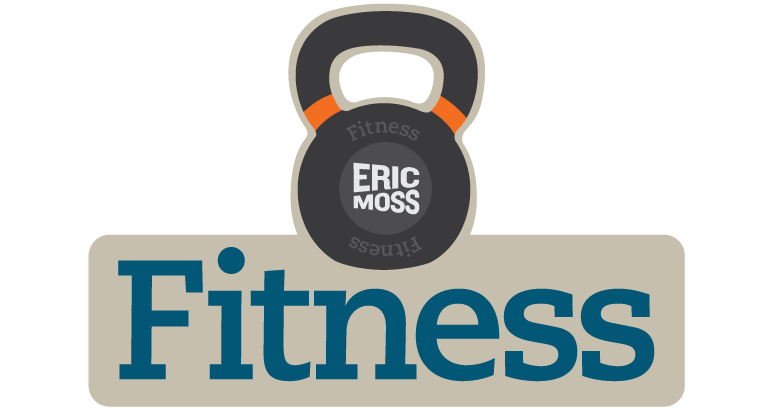How to train while coming back from an injury
As you probably heard by now, in addition to being a personal trainer with a personal training studio located on Main Street in Boonton, I also double as a professional performing strongman and motivational speaker.
Basically I perform feats of strength as part of a live show like the sort of thing you’d see about a hundred or so years ago with performers like the Mighty Atom and Alexander Zass, but with a modern-day twist.

No I don’t dress like that during my shows.
Anyways, a while back I was booked to perform my feats of strength show coupled with a motivational speech for a high school. It was to be two shows approximately an hour each, done back to back.
Not a problem, I’ve done it before after all.
So during the first show, I get up on stage, do my feats of strength, and get to the part of my show where it is time to bend a pipe wrench. Now if you’ve been to my presentations before, you might know I have a history with wrenches. Most of the time I can bend them, sometimes I get close to blacking out on them.
In this case, I got injured.
I felt something in my hand pop followed with a bunch of pain when trying to do the pipe wrench. That happened during the first show and I still had to finish the show, and somehow get through the next one…which also included bending another pipe wrench.
It is in times like those, you just have to roll up your sleeves and just gut it out. That’s what I had to do as a professional.
And because I’m a professional, I also have to be very careful when training. If I show up to a gig in pain… I still have to gut it out. For the longevity of my performing strongman career, I try not to let that sort of thing happen if it can be avoided.
And in the event it does happen, I have to get it treated while still continuing to make progress without getting injured further.
So how do you train when coming back from an injury? This was a topic that was recommended to me in the Boonton unofficial facebook group.
First, you need to know what you are dealing with. In the case of musculoskeletal injuries, it would be good to have a good chiropractor or physical therapist to have a look at it and treat it if necessary. Then depending on what they say, they can determine what kinds of things are ok, and what kinds of exercises are off-limits for the time being.
In the case of what happened to me during the pipe wrench, it was something called my Thenar Eminence which has to do with closing my thumb.

And while you are training, avoid exercises that aggravate it. It may sound like common sense, but if it hurts, don’t do it.
There is a time and a place for pushing through pain. The time for that is when you are on stage in front of an audience of 500 that want to see you succeed, or during the fight or playing in the big game.
It is not in the training room.
No pain no gain looks great on a t-shirt, but it often fails in application and it sucks as a training program. That’s not how the pro’s train. Pro’s train methodically.
When people sign up for my one week free trial, the first thing I do is have them fill out a health history form. This lets me know what kinds of things they may have had in the past (surgeries, joint issues etc.).
Re-injury is one of the top causes of injury so I check them for that. Then from there, I put them through something called the Functional Movement Screen where I am looking at movement issues that may result in an injury if it’s not addressed.
The main thing I’m looking for is asymmetries (side to side differences in mobility, stability or strength), which can be another common cause of injuries. If I come across an asymmetry, corrective exercise becomes a priority so it doesn’t become an injury.
I’m also checking what high bang for the buck exercises we can and can’t safely do in relation to their goals. What we can, we focus on. What we can’t we either correct or if there is an injury already present I refer to someone more qualified to handle it.
And although we often focus on what we can’t and look for excuses to get out of training “because I have a bad back” which for the record, bad back is not a medical term, there is always something you can do, and do safely.
Focus on that, treat the injury.
Play to your strengths, fix the weak link in the chain overtime before it snaps.
If you need my help with this, I offer a one week trial membership of my personal training program. Simply text me at 973 476 5328 and introduce yourself to get started.
Oh and about that pipe wrench, I managed to bend it by doing something else. I found a way that didn’t make my injury worse. Stay strong everyone!
Eric Moss is a world-record-holding modern-day professional performing strongman, author, motivational speaker, and personal trainer. In the tradition of the strongmen more common during the turn of the century, he performs feats of strength such as bending steel and breaking chains as part of a show and speaks on goal achievement for corporations, nonprofits, government as well as for schools and universities. His exclusive personal training studio is located on Main Street in Boonton New Jersey, is close to Mountain Lakes, Denville, Montville and Parsippany New Jersey.

Comments are Closed